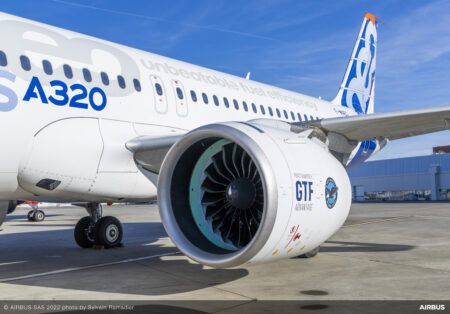Orbital ATK announced on January 18 that it has successfully tested a 3D-printed (additive manufacturing) hypersonic engine combustor at NASA Langley Research Center in Virginia, USA.
The combustor, produced through an additive manufacturing process known as powder bed fusion (PBF), was subjected to a variety of high-temperature hypersonic flight conditions over the course of 20 days, including one of the longest duration propulsion wind tunnel tests ever recorded for a unit of this kind. Analysis confirms the unit met or exceeded all of the test requirements.
One of the most challenging parts of the propulsion system, a scramjet combustor, houses and maintains stable combustion within an extremely volatile environment. The tests were, in part, to ensure that the PBF-produced part would be robust enough to meet mission objectives.
Pat Nolan, vice president and general manager of Orbital ATK’s Missile Products division of the Defense Systems Group, said, “This combustor is a great example of a component that was impossible to build just a few years ago,” but that has been made possible through the additive manufacturing process.
The test at Langley was an important opportunity to challenge Orbital ATK’s new combustor design. Complex geometries and assemblies that once required multiple components can now be simplified to a single, more cost-effective assembly. However, since the components are built one layer at a time, it is now possible to design features and integrated components that could not be easily cast or otherwise machined.
January 21, 2016




